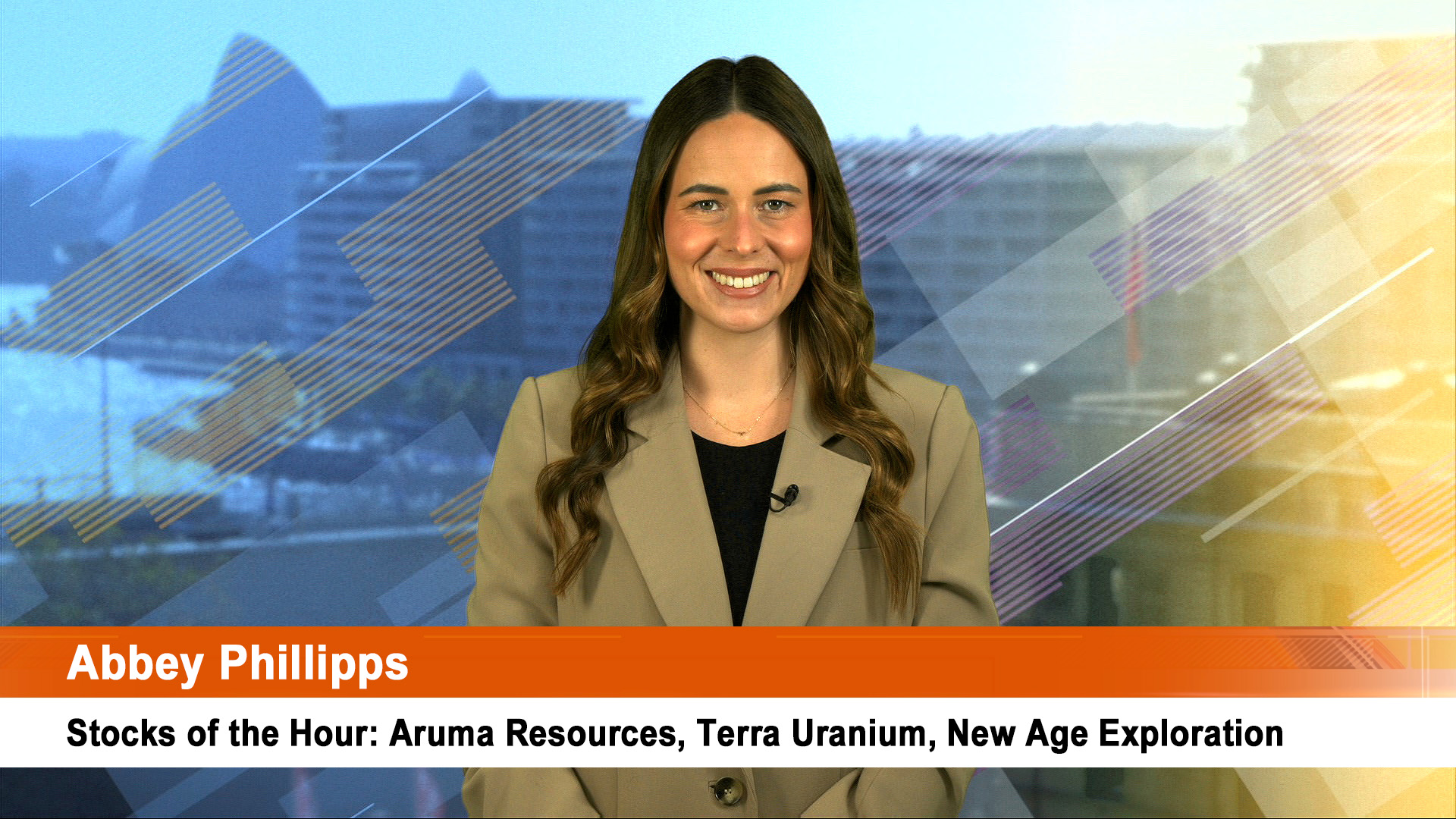Stronger than expected business investment figures for the 2014-15 financial year have confounded many forecasters who were looking for another doom and gloom set of numbers from the Australian Bureau of Statistics.
While the current spending figures for the present financial year were weaker – a fall of 4.2% in the three months to March compared to a forecast fall of 1.6%, the second forecast for 2014-15 was much stronger than expected.
We still have to see what impact the recent federal budget has had on business confidence, along with the slowing pace of growth in China.
The first estimate issued three months ago for the 2014-15 financial year was for $124.8 billion worth of investment – down 17% from the same estimate for the 2013-14 financial year.
But the second estimate for the 2015 financial year, issued yesterday, only showed a fall of 12%, with the amount up more than $12.1 billion to $137.06 billion.
That had a notable impact on the value of the dollar – it rose more than three quarters of a cent to over 93 USc in local trading as traders saw the stronger than expected data as removing the chance of a rate cut.
It was trading around 92.88. The news didn’t help the local stockmarket which closed lower.
If sustained, would be the 4th largest yearly investment spend in Australian history investment and only $15 billion or so under the $162 billion forecast to be spent by June this year (which would be the largest).
It would take total investment in the five years from 2010-11 to 2014-15 to a massive $730 billion.
The figures suggest (along with the data on the value of construction done in the March quarter) that the economy is on track to transition from the mining investment boom to broader based growth. But that will depend on the strength of housing and other building work.
The second estimate for mining investment was one of the surprises in yesterday’s second estimate. It was much stronger than forecast and was in fact up on the first estimate, with an increase 7.8% (or $5.7 billion).
There was also an extra $5.9 billion of investment from other industries, a sign that business is getting a bit more confident.
The second estimate of ‘equipment, plant and other’ investment for 2014-15 also shown rose from the bureau’s initial estimate, with a revised second estimate up 10.4% on the previous estimate.
The second estimate for first quarter for buildings and structures capital expenditure was $96,958 million, an increase on the initial estimate of 8.9%.
The 4.2% fall in spending in the March quarter will hit the growth figures which are due for release next Wednesday.
The construction work figures for the March quarter were a bit better than expected as well.
"In our view, today’s CAPEX release does not materially change our outlook for monetary policy," the ANZ economics team said in a note yesterday.
"The decline in mining investment has been well flagged and is broadly in line with RBA expectations and will act as a drag on economic activity going forward.
"Meanwhile, non-mining investment intentions continue to point to only a very gradual increase in non-mining investment, which continues to support our view that the RBA is likely to keep rates on hold for an extended period of time."
And the key part of that non-mining investment is home building and new home sales which remain solid.
In fact New home sales continue to rise in April, according to industry figures released yesterday.
According to the Housing Industry Association sales rose 2.9% in April.
Detached house sales rose 1.8% from March, while multi-unit sales were up 9.3%.
This comes after data on Wednesday showed strong growth in housing construction was helping to alleviate the pain from the wind down in mining investment and engineering construction.
Construction work done was up 0.3% in the March quarter, after a 1.1% drop in the December quarter.
Residential building work rose 6.8%, non-residential work fell 1.5%, and engineering work done, which includes mines, roads, bridges and the like, was down 1.6%.
The HIA said the momentum in new home building activity would carry over into the June quarter, while new home sales and building approvals would "provide crucial insight to the growth prospects for the broader economy in 2014/15".













